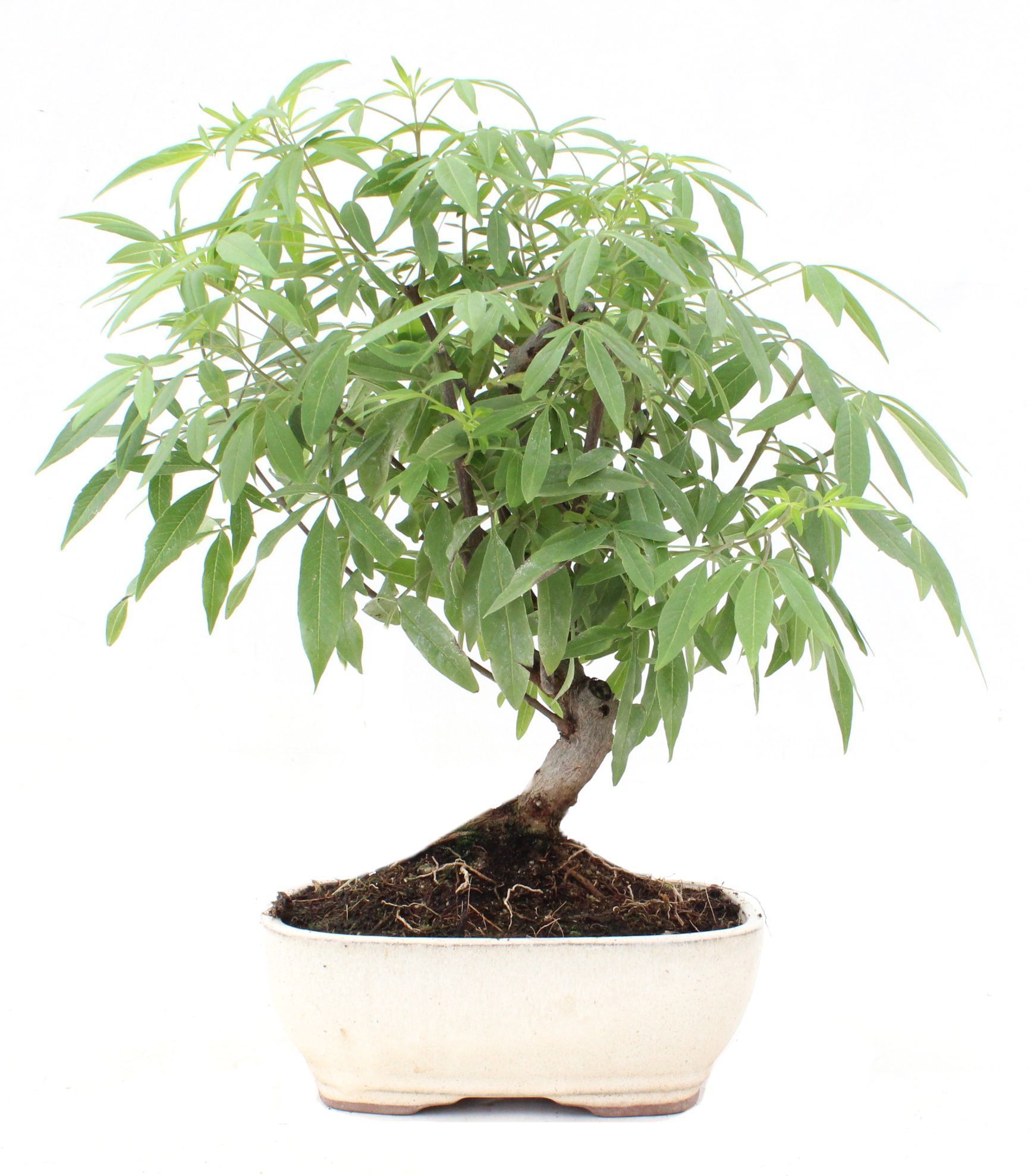Characteristics
It is a perennial shrubby plant, with whitish bark and green lanceolate leaves. It forms small blue flowers in terminal clusters, that when ripe, give a round, small and black fruit.
Location
Outdoor, in full sun throughout the year. It can also be located in semi-shaded places, but if bright, since it does not grow well in shady places.
Watering
Abundantly in summer, and moderately the rest of the year. It is necessary to let the surface layer of the substrate dry slightly between two watering.
Fertilization
From spring to mid-autumn with organic fertilizer or liquid NUTRIBONSAI from MISTRAL, applied every two weeks through irrigation water.
Re-potting
Every 2 to 3 years, in early spring.
Substrate
A mixture of 6 parts of Akadama, with 4 parts of volcanic gravel can be used; otherwise Mistral Bonsai TERRABONSAI can also be used.
After transplanting it is convenient to water with a solution of VITABONSAI from Mistral Bonsai, to accelerate the recovery of the tree.
Pruning and pinching
Pruning
Perform pruning for cleaning of dry, weak or diseased branches, in spring.
Pinching
Throughout the growing season we can perform light pinching to get a denser cup.
Wiring
Throughout the year, better in spring.
Curiosities
Its fruits, berries, have been used since ancient times for a wide variety of gynecological dis-orders. During the Middle Ages, it was considered the plant of chastity as it decreased libido and helped monks to repress sexual desire.

